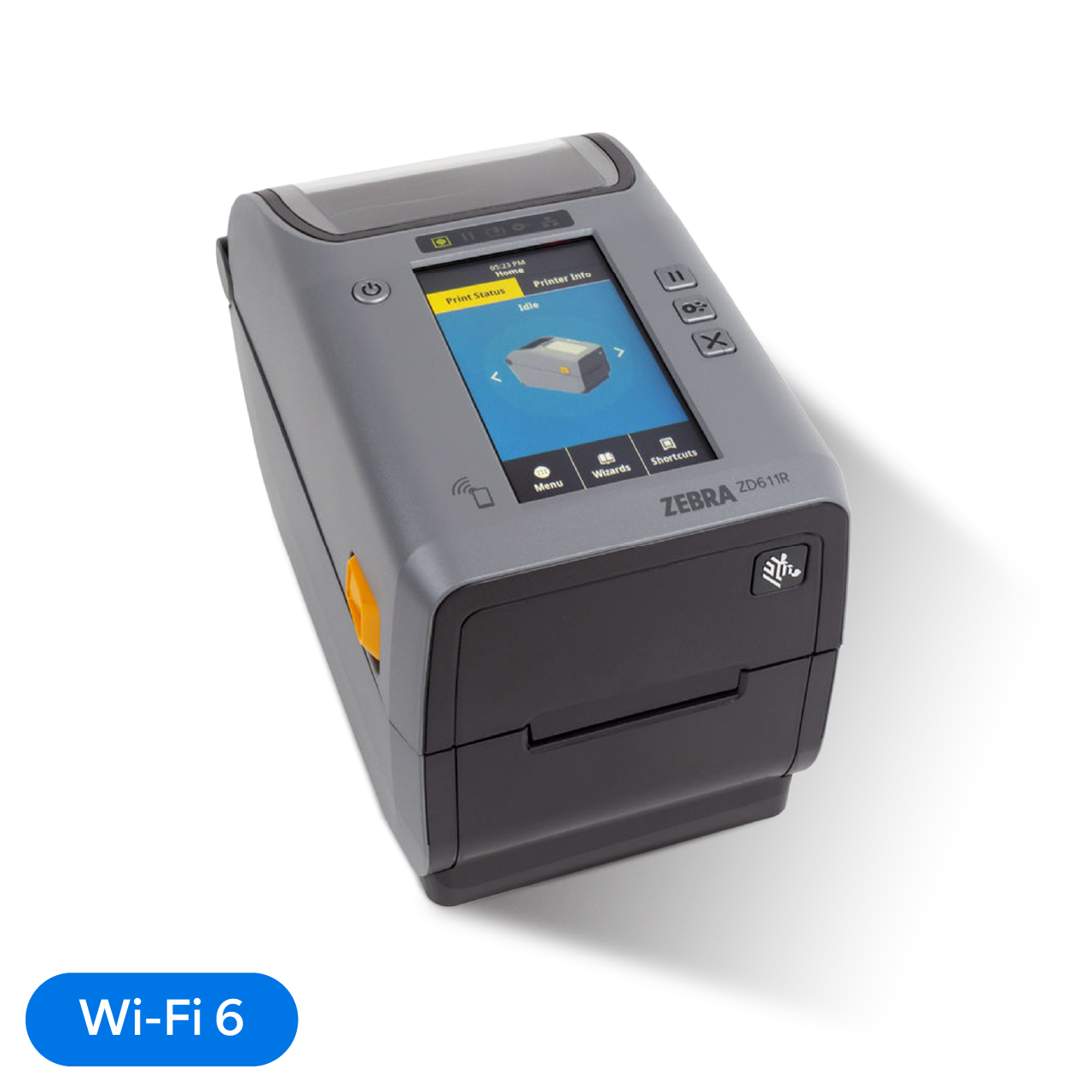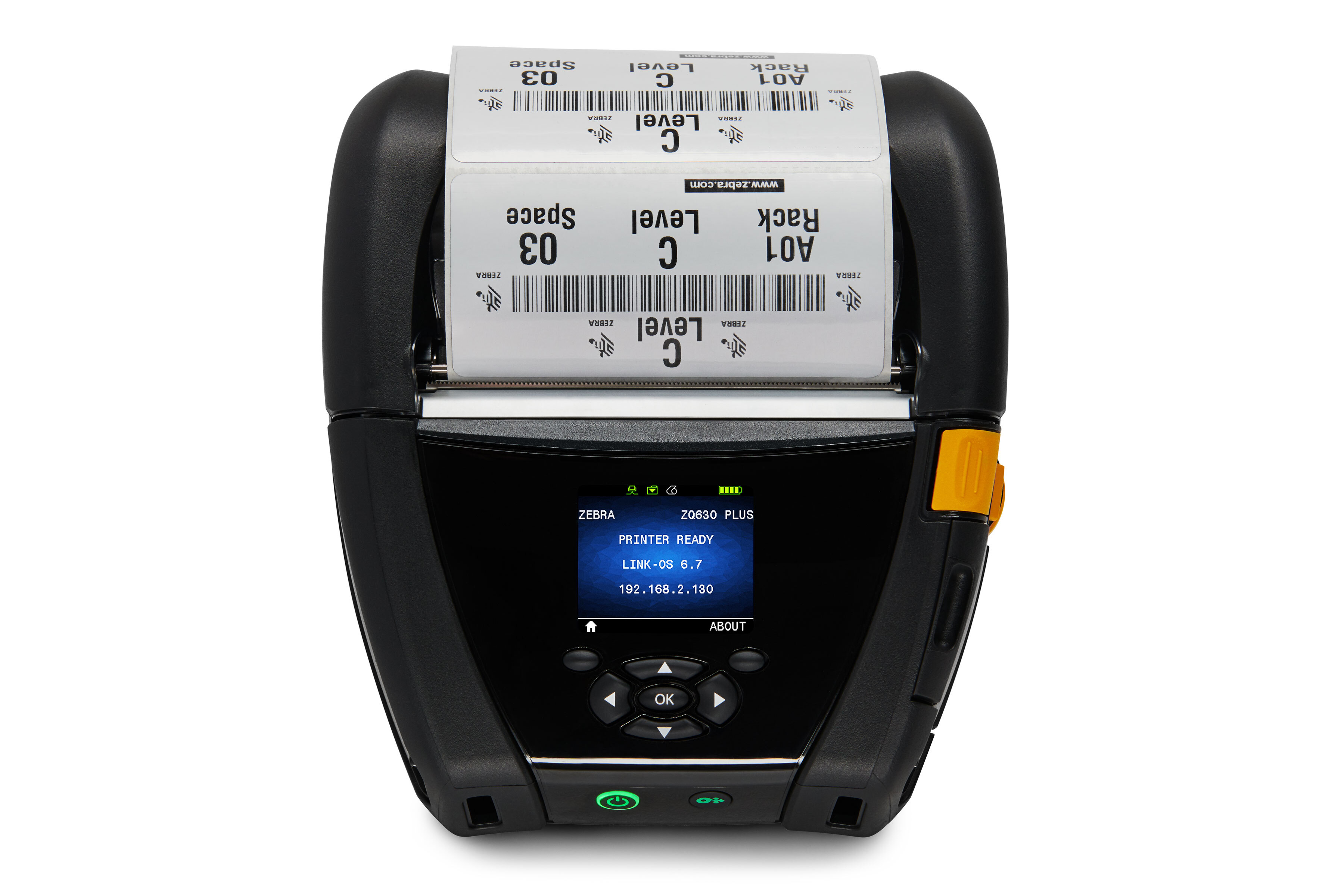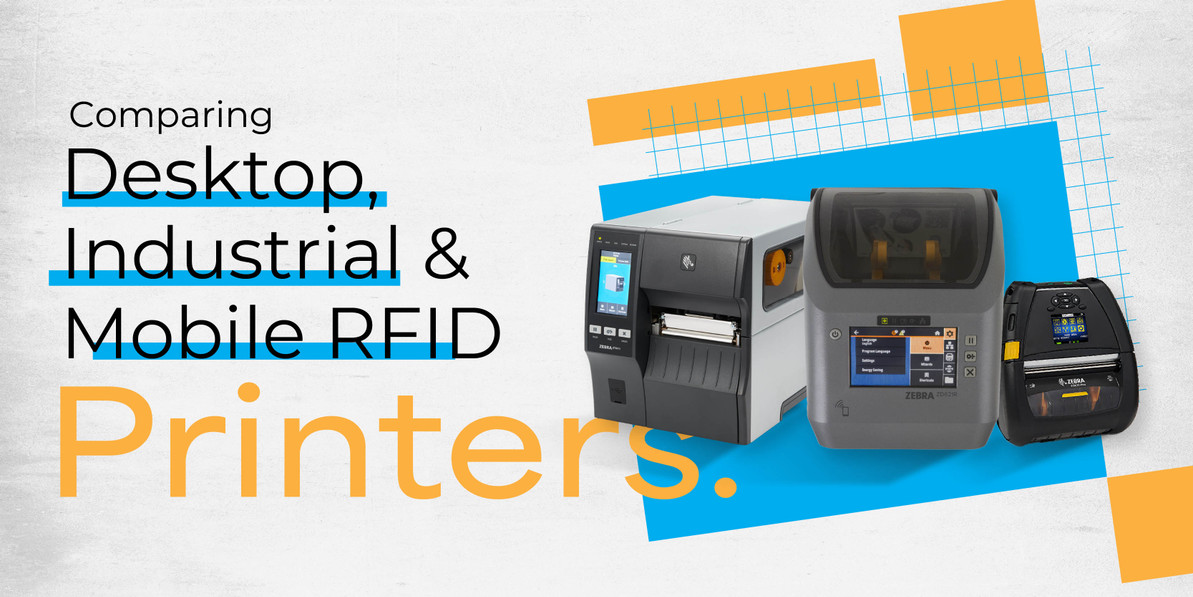Comparing Desktop, Industrial, and Mobile RFID Printers
RFID (Radio Frequency Identification) technology is becoming essential for businesses across industries — from retail and logistics to healthcare and manufacturing. While RFID readers and tags often receive the most attention, RFID printers are just as critical. They not only print human-readable labels and barcodes but also encode RFID inlays with data, enabling businesses to track and manage assets seamlessly.
When choosing the right RFID printer, companies typically evaluate three main categories: desktop RFID printers, industrial RFID printers, and mobile RFID printers. Each has its strengths, limitations, and best-fit scenarios. Let’s dive into a detailed comparison.
1. Desktop RFID Printers
Overview
Desktop RFID printers are compact, lightweight, and designed for low-to-medium printing volumes. They’re ideal for businesses that need occasional RFID label printing or operate in environments with limited space.
Key Features of Desktop RFID Printers
- Small footprint, easy to place in offices, retail backrooms, or healthcare settings.
- Supports standard RFID encoding and printing needs.
- User-friendly interface, requiring minimal training.
- Typically handles smaller rolls of labels and ribbons compared to industrial printers.

Advantages of Desktop RFID Printers
- Cost-effective: Lower purchase and maintenance costs.
- Ease of use: Simple operation, plug-and-play setup.
- Space-saving: Fits easily in constrained areas.
Limitations of Desktop RFID Printers
- Not suitable for high-volume or continuous operations.
- Slower print speeds than industrial models.
- May have fewer connectivity options (though modern models include USB, Ethernet, or Wi-Fi).
Best Use Cases of Desktop RFID Printers
- Retail stores are printing RFID price tags.
- Healthcare facilities for patient wristbands and lab sample tracking.
- Small businesses with light RFID labeling needs.
2. Industrial RFID Printers
Overview
Industrial RFID printers are built for heavy-duty, high-volume operations. They’re rugged, durable, and optimized for 24/7 use in demanding environments like warehouses, distribution centers, and manufacturing plants.

Key Features of Industrial RFID Printers
- High print speeds and superior durability.
- Large media capacity (longer label rolls and ribbons).
- Advanced RFID encoding capabilities with better tag placement tolerance.
- Designed to handle tough environments (dust, heat, continuous operation).
Advantages of Industrial RFID Printers
- Scalability: Handles thousands of labels daily without downtime.
- Durability: Metal casings, rugged design for industrial settings.
- Flexibility: Supports a wide variety of label sizes and RFID tag types.
- Precision: High encoding accuracy reduces wasted tags.
Limitations of Industrial RFID Printers
- Higher upfront and maintenance costs.
- Bulky and requires dedicated space.
- More complex to configure and maintain compared to desktop printers.
Best Use Cases of Industrial RFID Printers
- Large warehouses and logistics hubs.
- Manufacturing plants with continuous labeling needs.
- High-volume retail distribution centers.
3. Mobile RFID Printers
Overview
Mobile RFID printers are portable, battery-powered devices designed for on-the-go RFID labeling. They enable workers to print and encode RFID labels directly at the point of application, improving flexibility and workflow efficiency.
Key Features of Mobile RFID Printers
- Lightweight and portable, often belt-clip or shoulder-strap compatible.
- Battery-powered with rechargeable options.
- Wireless connectivity (Bluetooth, Wi-Fi) for integration with handheld RFID readers or mobile computers.
- Typically prints smaller label formats.

Advantages of Mobile RFID Printers
- Mobility: Workers can print labels anywhere, reducing errors and wasted time.
- Efficiency: Eliminates the need to walk back and forth to fixed printers.
- Convenience: Perfect for field operations and on-demand labeling.
Limitations of Mobile RFID Printers
- Limited printing volume and media capacity.
- Smaller label support compared to desktop or industrial printers.
- Shorter battery life requires regular recharging.
Best Use Cases of Mobile RFID Printers
- Field service and maintenance teams.
- Retail staff printing RFID labels on the sales floor.
- Warehouses requiring mobile relabeling during cycle counts or audits.
Side-by-Side Comparison
|
Feature |
Desktop RFID Printers |
Industrial RFID Printers |
Mobile RFID Printers |
|
Volume Capacity |
Low to Medium |
High (24/7 operations) |
Low |
|
Durability |
Light to Moderate |
Heavy-duty, rugged |
Portable, field-ready |
|
Speed |
Moderate |
High |
Low to Moderate |
|
Size |
Compact |
Large, requires space |
Small, handheld/strap-on |
|
Mobility |
Stationary |
Stationary |
Fully portable |
|
Cost |
Affordable |
Expensive |
Moderate |
|
Best For |
Small businesses, offices |
Warehouses, factories |
Field operations, retail |
Final Thoughts:
Selecting the right RFID printer depends largely on your volume requirements, operating environment, and mobility needs:
- If you’re a small business or retail shop printing modest numbers of RFID labels, a desktop RFID printer is sufficient.
- For large-scale operations where speed, durability, and volume matter, an industrial RFID printer is the best choice.
- If your workforce is mobile or requires point-of-use printing, mobile RFID printers offer unmatched flexibility.
By aligning the printer type with your workflow, you can maximize efficiency, reduce costs, and ensure a smooth RFID implementation.
Recent Posts
-
RFID Gate Portals in Retail and Warehouses
The landscape of retail and warehouse operations is undergoing a profound transformation, moving awa …Dec 18th 2025 -
Why Add RFID to Your Labeling Strategy in 2026
In 2026, the global supply chain is undergoing a seismic transformation. From omnichannel retail to …Dec 11th 2025 -
Zebra Handheld RFID Readers for Retail Efficiency
In the dynamic world of retail, where inventory accuracy, customer experience, and operational effic …Nov 28th 2025




